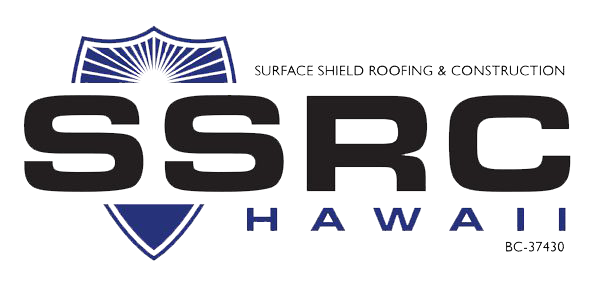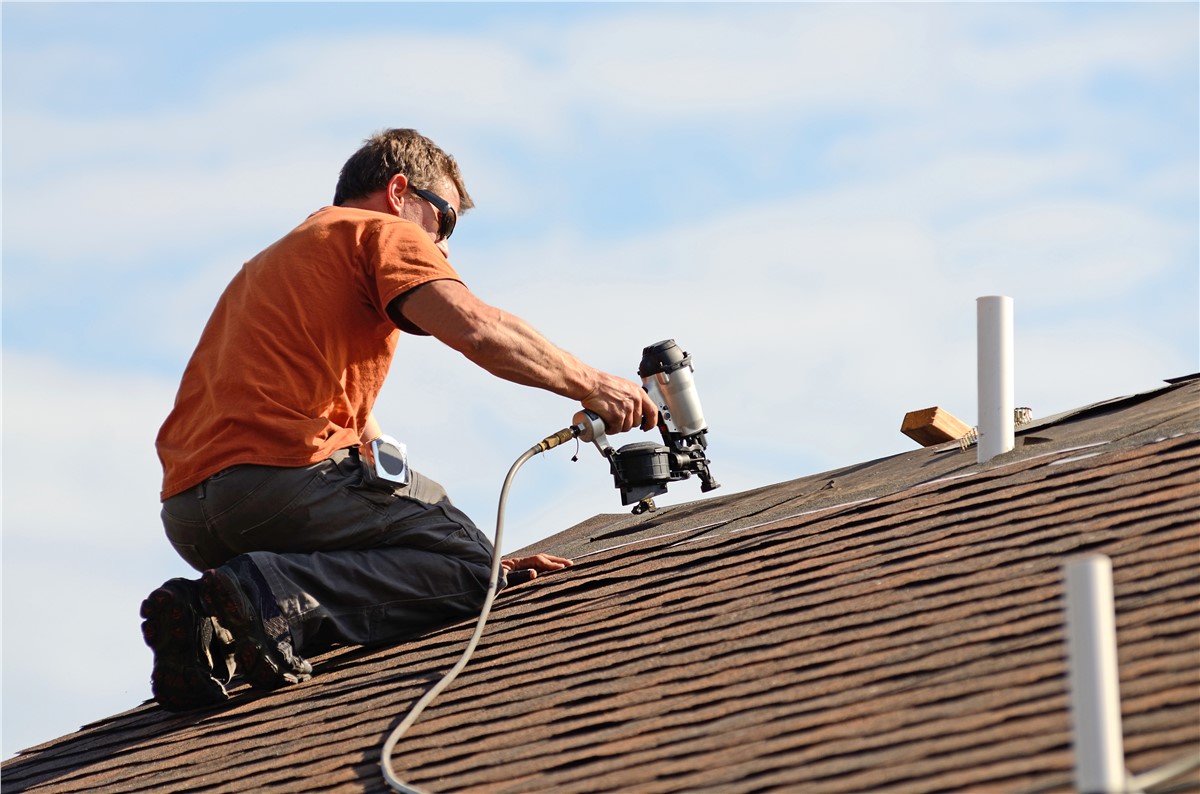Roof Repair Oahu: Expert Roof Services for Lasting Security
Wiki Article
Understanding the Different Sorts Of Roofings: A Comprehensive Guide for Homeowners
With an array of alternatives-- varying from the conventional gable to the modern flat-- each kind provides distinct benefits and difficulties that should straighten with the property owner's specific demands and environmental factors to consider. As we check out the intricacies of different roof kinds, it becomes obvious that one size does not fit all; the ideal choice might surprise you.Saddleback Roof
Gable roofs, defined by their triangular form, are among one of the most popular roof designs due to their simplicity and performance in shedding water and snow. This style includes 2 sloping sides that meet at a ridge, permitting reliable drainage and reducing the danger of water buildup. The steep pitch frequently connected with saddleback roofs improves their capacity to handle heavy precipitation, making them appropriate for numerous environments.Along with their useful advantages, gable roof coverings offer aesthetic adaptability. They can be adjusted to numerous building designs, from traditional to contemporary homes. The style can likewise suit added attributes such as dormer home windows, which enhance natural light and ventilation in the attic space.
Furthermore, saddleback roofs give enough room for insulation, contributing to power performance. Homeowners can select from a variety of roofing materials, consisting of asphalt tiles, steel, and floor tiles, better boosting modification alternatives.
Regardless of their benefits, saddleback roofs might call for added assistance in areas prone to high winds or heavy snowfall. Overall, the gable roof covering continues to be a popular option because of its blend of functionality, durability, and aesthetic allure.
Flat Roofs
Flat roofs are usually identified for their minimal design and practical applications, specifically in commercial and industrial settings (oahu roofing). These roofs include a horizontal or nearly straight surface, which permits simple construction and functional area utilization. While they might lack the visual charm of pitched roofs, level roofing systems supply many advantages, specifically in urban settings where making best use of area is crucialAmong the primary advantages of level roofing systems is their accessibility. Property owners can make use of the roofing room for different objectives, such as rooftop yards, terraces, or solar panel installments. Additionally, level roofs are normally more economical to keep and mount compared to their sloped equivalents, as they require fewer products and labor.
Typical products utilized for flat roofing systems include built-up roof (BUR), modified bitumen, and single-ply membranes, each offering distinct advantages. On the whole, level roof coverings offer as a adaptable and functional choice for several home owners and organizations alike.
Hip Roof Coverings
Hip roofings are defined by their sloped sides that assemble at the top, creating a ridge. This layout is unique from gable roofings, as all four sides of a hip roof incline downwards towards the walls, providing an extra steady structure. The angle of the inclines can vary, enabling versatility in building looks and performance.Among the main advantages of hip roof coverings is their ability to stand up to heavy winds and adverse climate condition. The sloped surfaces allow better water drain, minimizing the threat of leaks and water damages. Furthermore, hip roofing systems offer raised attic room, which can be used for storage space or even transformed into comfortable areas.
oahu roofing Nonetheless, building a hip roof can be a lot more costly and complicated than less complex roofing system kinds, such as saddleback roofs. The added material and labor associated with developing the slopes and making certain proper structural honesty can result in greater expenditures. Despite these disadvantages, several property owners prefer hip roofs for their toughness, visual appeal, and capacity for power performance.
Mansard Roofs
Mansard roofing systems, usually recognized by their distinct four-sided style, attribute 2 slopes on each side, with the reduced incline being steeper than the top. This architectural style, originating from France in the 17th century, is not only visually enticing yet useful, as it optimizes the useful room in the top floors of a building. The steep lower slope allows for more headroom, making it an optimal option for attic rooms or loft spaces, which can be transformed right into living areas.Mansard roof coverings are characterized by their adaptability, accommodating various building styles, from typical to modern-day. They can be constructed with various products, consisting of asphalt tiles, slate, or steel, giving homeowners with a variety of options to match their budget plans and preferences. Furthermore, the design permits the assimilation of dormer home windows, improving natural light and ventilation in the top degrees.
However, it is vital to consider the potential downsides. Mansard roofings may require even more upkeep due to the intricacy of their style, and their steep inclines can be testing for snow and rain drainage. On the whole, mansard roofings combine elegance with usefulness, making them a prominent choice amongst property owners seeking unique architectural attributes.
Dropped Roofs
As home owners progressively look for simplicity and performance in their building designs, lost roofing systems have actually emerged as a popular option. Characterized by a solitary sloping plane, a shed roofing presents a minimalist visual that matches numerous home styles, from modern to rustic.One of the main benefits of a shed roof is its straightforward building and construction, which often equates to decrease labor and product costs. This design allows for effective water drain, reducing the threat of leakages and water damages. In addition, the upright incline provides ample room for skylights, enhancing natural light within the inside.
Dropped roofing systems additionally use adaptability in regards to use. They can be effectively integrated into additions, garages, or outdoor structures like sheds and pavilions. Additionally, this roofing design can suit numerous roof covering products, consisting of steel, asphalt roof shingles, or also environment-friendly roof coverings, straightening with eco-friendly initiatives.
However, it is necessary to consider regional environment problems, as hefty snow tons may necessitate adjustments to the roof covering's angle or framework. Generally, dropped roofing systems present a practical and aesthetically pleasing alternative for house owners seeking to take full advantage of performance without compromising design.
Verdict


Gable roofs, defined by their triangular form, are amongst the most popular roof designs due to their simpleness and performance in shedding water and snow. oahu roofing. The steep pitch frequently linked with gable roofing systems improves their ability to manage hefty rainfall, making them ideal for numerous climates
While they may lack the aesthetic charm of pitched roofings, level roof coverings offer various advantages, particularly in metropolitan atmospheres where maximizing space is important.

Report this wiki page